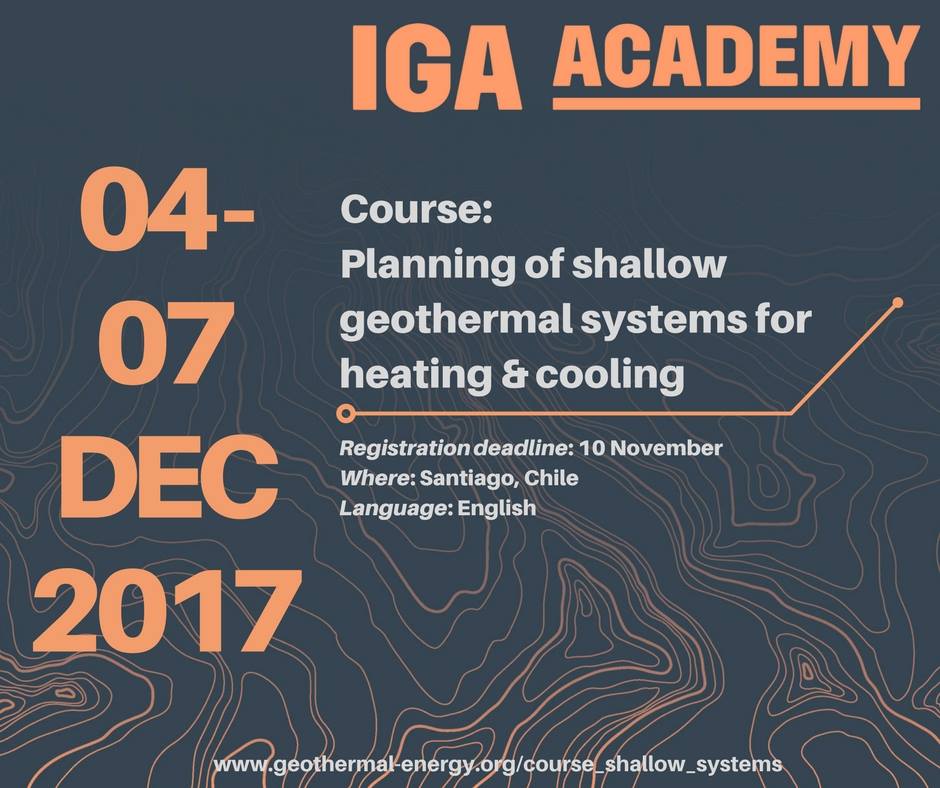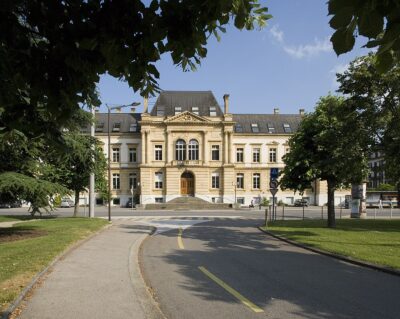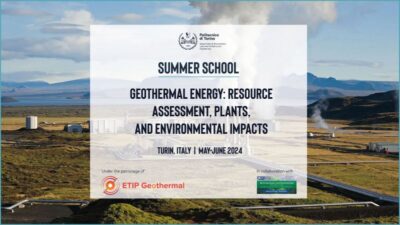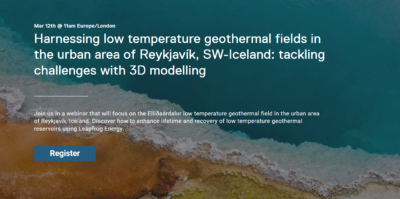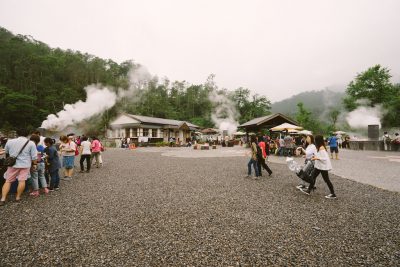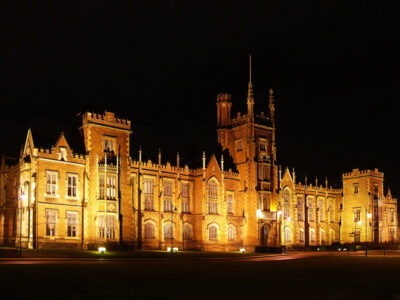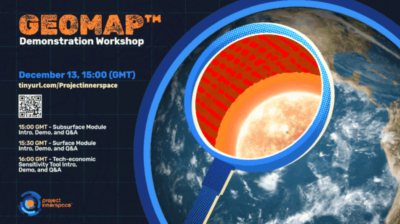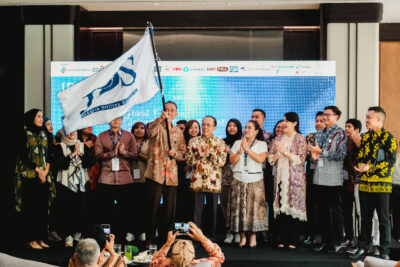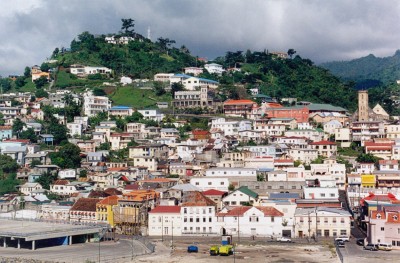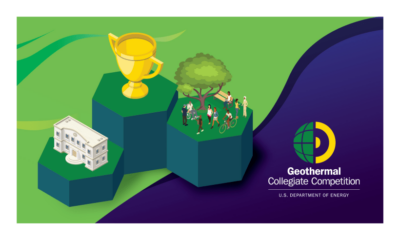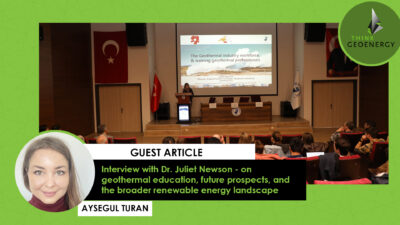IGA Academy: Planning shallow geothermal systems, Santiago/ Chile, 4-7 Dec. 2017
The IGA Academy will be holding a workshop in Santiago/ Chile, December 4-7, 2017. The course is about "Planning of shallow geothermal systems for heating & cooling".
The International Geothermal Association (IGA) under its IGA Academy will be holding a workshop in Santiago/ Chile, December 4-7, 2017. The course is about “Planning of shallow geothermal systems for heating & cooling”
- Location: UNIVERSIDAD DE CHILE, Departamento de Geologia, Facultad de Ciencias Físicas y Matemáticas
Santiago, Chile - Date: 4-7 December 2017 (4 days)
- Lecturer: Dr. Stefan Schimpf-Willenbrink
- Language: English
- Course Fee: 1,300.00 EUR incl. VAT
- Registration Deadline: 10 November 2017 – register online
Prerequisites
The course is dedicated to planners who would like to obtain a better understanding of the planning process of a borehole heat exchanger. Previous knowledge in heat pump technology is beneficial but not mandatory. However, a certain level of previous knowledge in heat transfer and mathematics is required to be able to interpret simulation results.
The course attendees are required to bring calculators and laptop computers from day one of the course.
Specified course schedule will be sent in due time before the course start.
The Geothermal Reservoir Engineering syllabus covering the following subjects:
- Fundamentals of Shallow geothermal systems
- Planning of small shallow geothermal systems (?30 kW)
- Planning of large shallow geothermal systems (>30kW) without significant ground water flow
- Planning of large shallow geothermal systems (>30kW) with significant ground water flow
- Execution and evaluation of Thermal Response Tests
Introduction to the topic
Geothermal heat pumps are cost efficient and environmentally friendly heating systems since the heating power of a geothermal heat pump equals about four times the electricity required to operate the heat pump. However, heat pumps require the installation of low temperature heating systems, e.g. underfloor systems, to reach their highest efficiency.
The planning of a heat pump system is more complex design process than the one of fossil?fired burners. Small plants up to 30 kW heating power can be planned with tabulated values of e. g. the German guideline VDI 4640 whereas large system have to be designed with simulation software.
For the planning of large shallow geothermal systems most of the time the use of a rather simple simulation software using long?term g?functions is sufficient. However, if a considerable groundwater flow is present numerical methods, which are much more difficult to apply, are necessary.
The quality of the simulation results depends on the quality of the input data. A proven method to obtain the required parameter experimentally is a Thermal Response Test.
Objectives
The goal of the course is to give an introduction into geothermal heat pumps for heating and cooling and an overview of different design techniques for borehole heat exchangers.
After the course the participants are able to dimension borehole heat exchangers for small shallow geothermal systems (?30 kW). The participants know how a Thermal Response Test enhances the quality of the planning process. Furthermore, they are able to interpret measured data.
For the planning of large systems, which require a design by simulations, experience is required which cannot be obtained in one day/week. However, in the course the participants get to know different design rules and can decide which design techniques and software is required for a site and project.
In practical exercises they receive a direct feedback in how far they are able to use these techniques in their future professional work.
Registration
Registration is open until the 10th November 2017: register online
Source & Details via IGA
